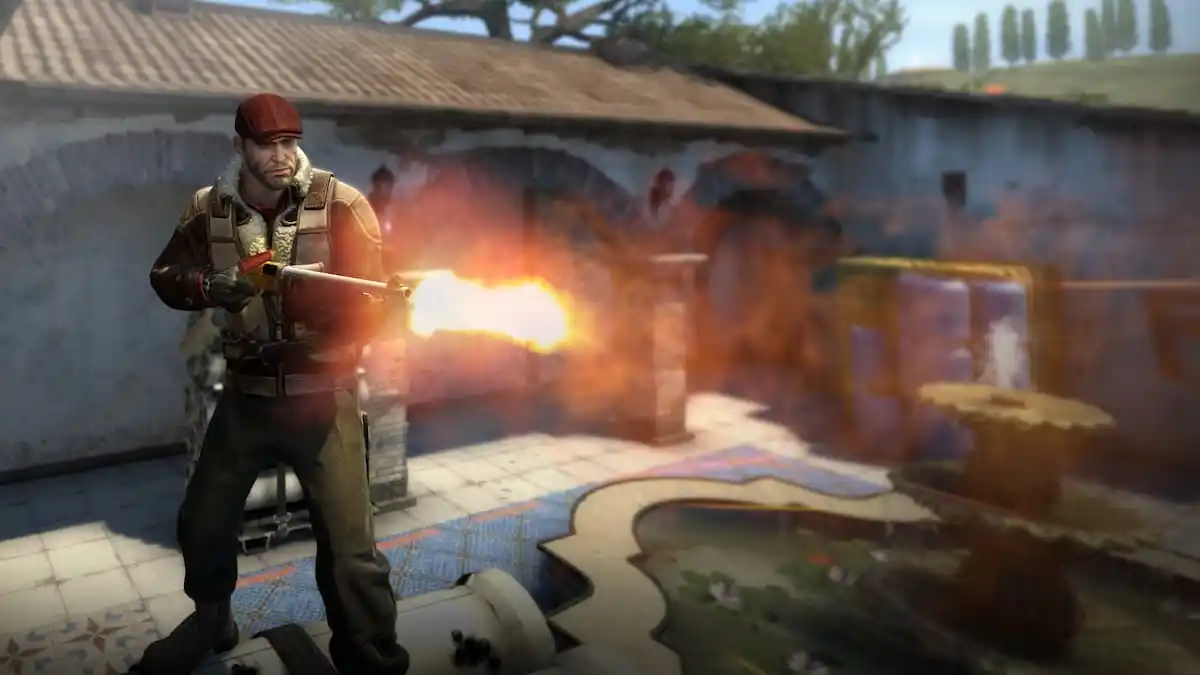
Introduction:
Understanding the meta is crucial in any game, and Counter-Strike: Global Offensive (CS:GO) is no exception. The meta refers to the current strategies, tactics, and team compositions that are commonly used by professional players. In CS:GO, understanding the meta can mean the difference between victory and defeat.
One important aspect of understanding the CS:GO meta is team composition. A well-balanced team consists of players who excel in different roles, such as entry fraggers, support players, and snipers. Each role has its own set of responsibilities that contribute to the overall success of the team. For example, entry fraggers are responsible for initiating engagements with enemy players while support players provide backup and cover fire.
Analyzing player roles and responsibilities is another crucial part of understanding the CS:GO meta. It allows teams to identify their strengths and weaknesses while also exploiting those of their opponents. By analyzing player roles and responsibilities, teams can create strategies that play to their strengths while also countering those of their opponents.
In this classic essay on “Understanding CS:GO Meta: The Key To Victory,” we will explore these two important aspects in more detail. We will delve into why team composition is so important in CS:GO and how it affects gameplay outcomes. We will also examine how analyzing player roles and responsibilities can help teams gain a competitive edge over their opponents.
Importance Of Team Composition:
The importance of team composition in CS:GO cannot be overstated. A well-composed team can make the difference between victory and defeat, particularly at higher levels of play where individual skill is more evenly matched. A good team composition should take into account the strengths and weaknesses of each player, as well as their preferred roles and playstyles. For example, a team might have one player who excels at sniping from long range, while another is better suited to close-quarters combat. By assigning each player to a role that suits their abilities, the team can maximize its effectiveness on the battlefield.
Another important consideration when composing a CS:GO team is communication. Effective communication is essential for coordinating strategies and executing tactics on the fly. This requires not only clear voice communication but also an understanding of each other’s playstyles and tendencies. A good captain or shot-caller can help facilitate this communication by providing clear instructions and keeping track of important information such as enemy positions and grenade usage.
In addition to individual skills and communication, a good team composition should also take into account overall strategy and game sense. This means having a mix of players who are proficient in different areas such as map control, site defense/offense, entry fragging, etc. It also means being able to adapt to changing circumstances mid-game, whether that means switching up roles or adjusting strategies on the fly.
Overall, understanding the importance of team composition in CS:GO is crucial for achieving success in competitive play. By taking into account individual strengths and weaknesses, effective communication strategies, and overall game sense, teams can maximize their chances of victory against even the toughest opponents. So next time you’re putting together your own squad for some matchmaking or tournament play – remember that it’s not just about individual skills; it’s about finding the right combination of players to form a cohesive unit that can dominate on all fronts!
Analyzing Player Roles And Responsibilities:
In the world of competitive gaming, understanding player roles and responsibilities is crucial to achieving victory in any game. This is especially true in CS:GO, where each member of a team has a specific role to play and responsibility to fulfill. Analyzing these roles and responsibilities can help players better understand the meta of the game and how to work together as a cohesive unit.
Firstly, it’s important to understand the role of the entry fragger. This player’s job is to push forward into enemy territory and take out opponents while providing cover for their teammates. They are typically equipped with weapons such as SMGs or shotguns that allow them to move quickly while still dealing significant damage.
On the other hand, support players are responsible for providing backup and assistance to their teammates. They often carry flashbangs or smoke grenades that can disorient or block enemies, allowing their teammates to move more freely across the map. They may also be tasked with watching flanks or holding down specific areas of the map.
The AWPer, or sniper, is another key player in any CS:GO team. Their job is simple – take out enemies from long distances using their powerful rifles. However, this role requires immense skill and precision as missing shots can leave their team at a significant disadvantage.
Finally, there are in-game leaders who are responsible for making strategic decisions during matches. They must analyze enemy movements and adjust tactics accordingly while keeping morale high among their teammates.
Overall, analyzing player roles and responsibilities allows teams to work together more effectively by playing off each other’s strengths and weaknesses. It also helps individual players understand what they need to do to contribute most effectively towards achieving victory in any given match. By mastering these roles and understanding how they fit into the larger meta of CS:GO gameplay strategies, teams can achieve greater success on both individual maps as well as overall tournaments or competitions.
Conclusion:
In conclusion, understanding the CS:GO meta is crucial for achieving victory in the game. Two key factors that contribute to this understanding are team composition and player roles and responsibilities.
Team composition plays a huge role in determining the success of a team. A well-rounded team with players who excel at different roles is more likely to perform better than a team with players who all have similar strengths and weaknesses. The importance of having players who can adapt to different situations cannot be overstated. This allows for flexibility during matches, making it easier to respond to unexpected changes in gameplay.
Analyzing player roles and responsibilities is also important when trying to understand the CS:GO meta. Each player on a team has their own unique role, whether it be an entry fragger, support player, or AWPer. Understanding each role and what it entails can help players maximize their potential and contribute more effectively to their team’s overall success. Overall, mastering the CS:GO meta requires careful consideration of both team composition and individual player roles. By doing so, teams can gain an edge over their opponents and increase their chances of achieving victory in this highly competitive game. Learn more at




